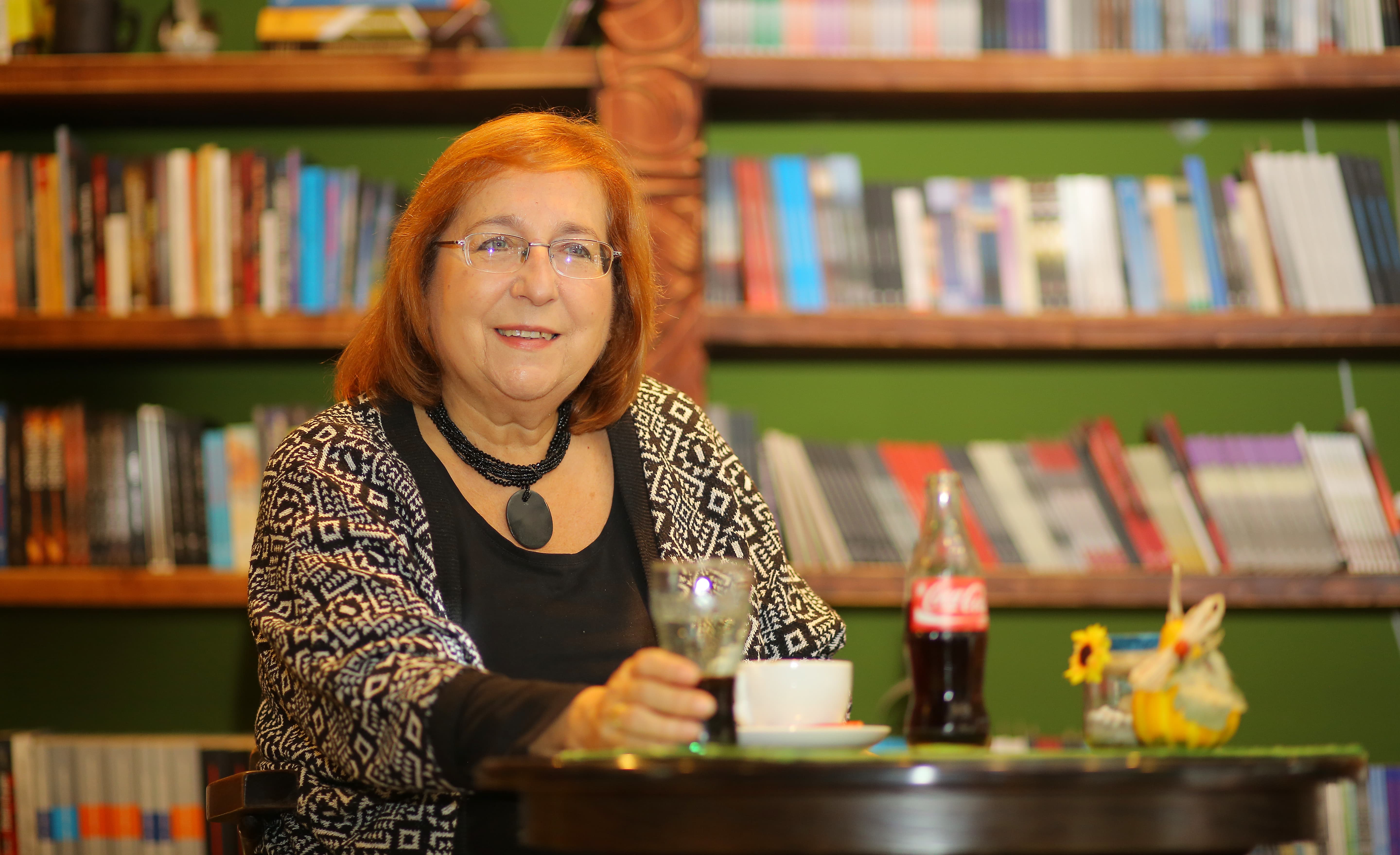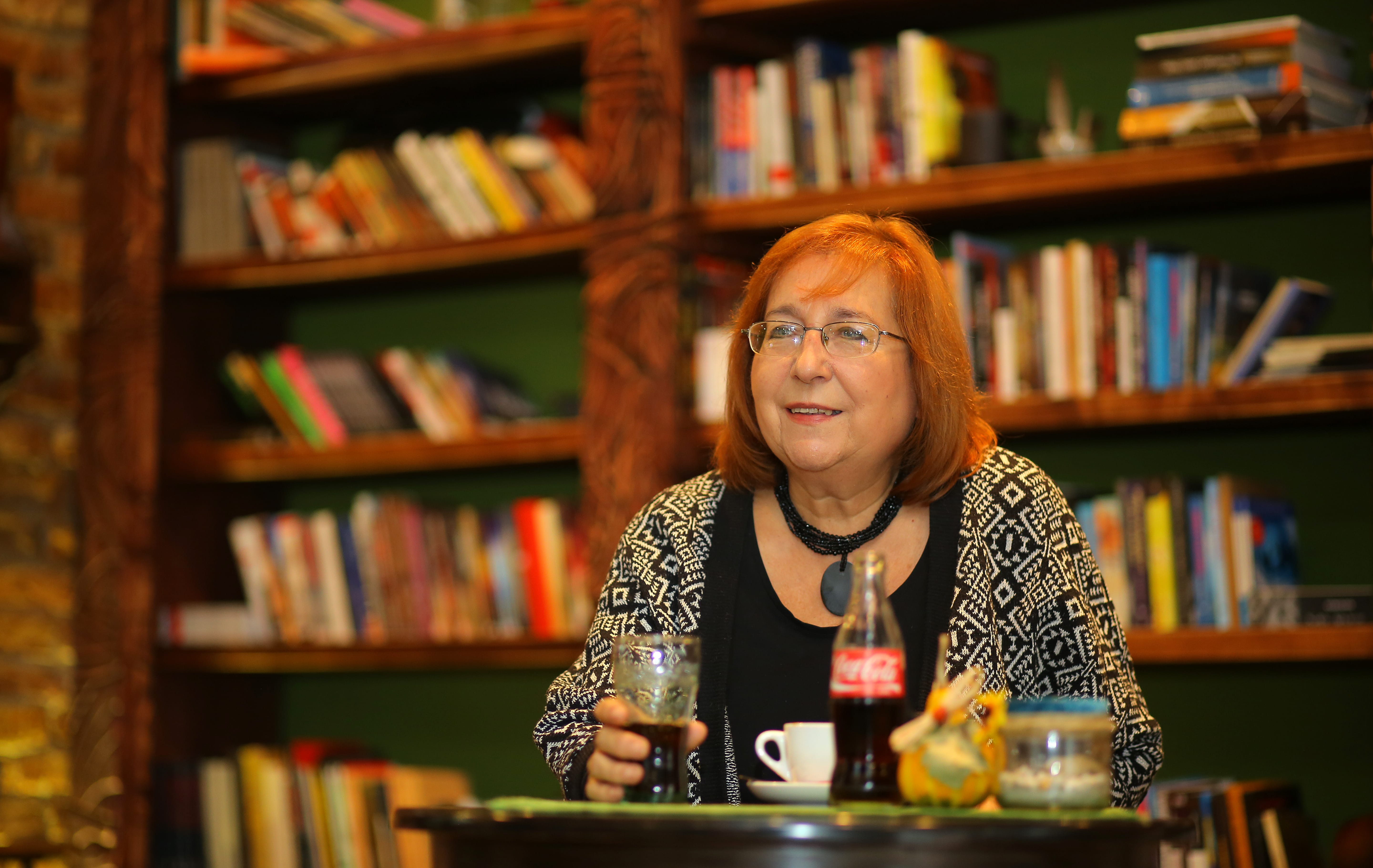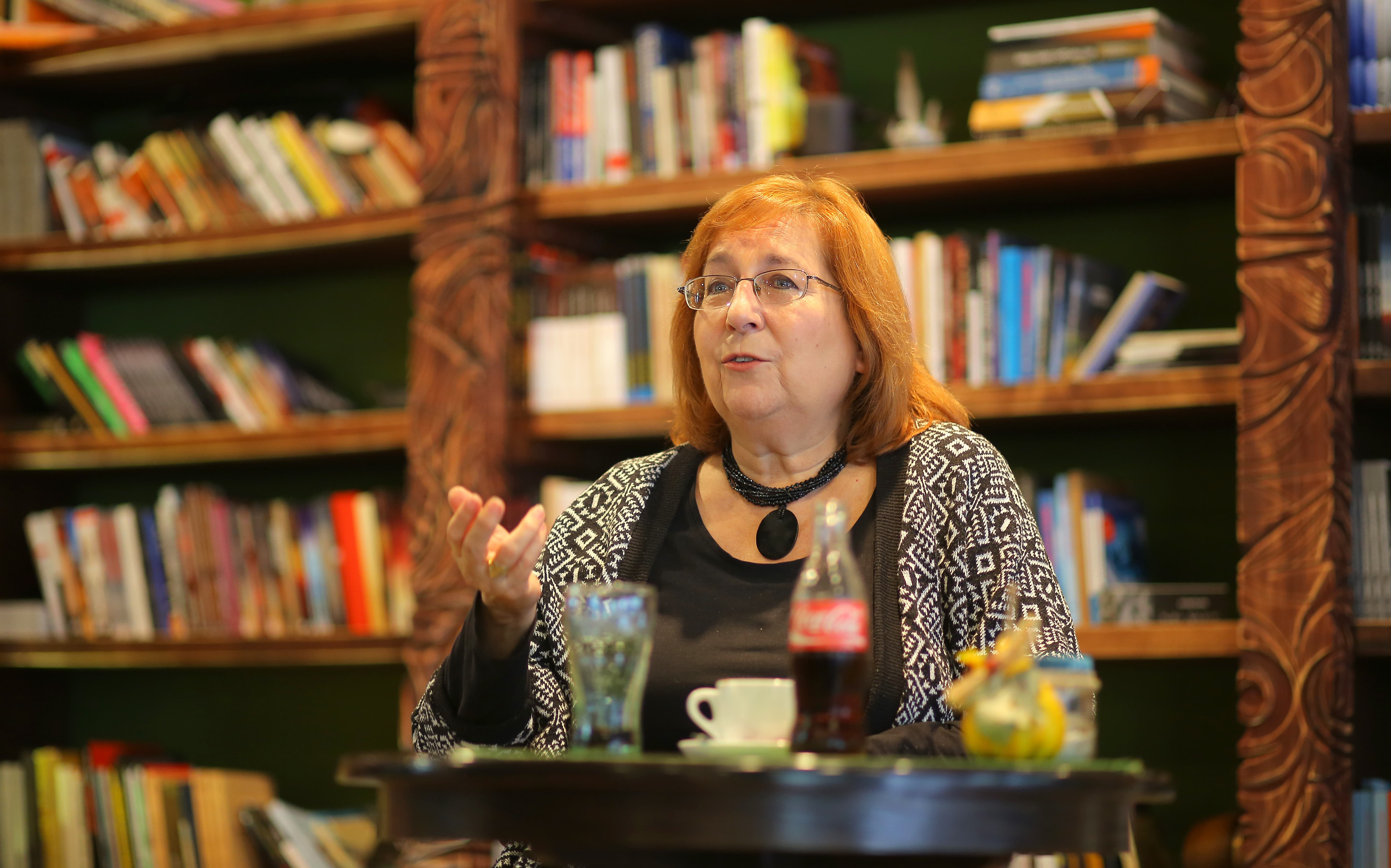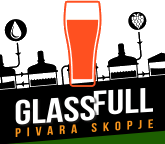


“ART AND BEER” – AUTHENTIC BLEND OF THE MACEDONIAN ART AND BEER TRADITION
Interview with Mirjana Taleska, the Curator of the Exhibition from the Private Collection of Pivara Skopje, “Art and Beer”



There is no such privilege for a passionate lover of visual arts as standing face to face with the works of some of the most significant masters of the paintbrush. And when being given the possibility to be directly involved in an art exhibition representing the art history of your native country – the pleasure is invaluable.
Mrs Mirjana Taleska from the National Gallery of Macedonia was given that privilege when she was invited to be the curator of the exhibition of a part of the private collection of Pivara Skopje, consisting of 116 artworks painted by the founders of Macedonian painting, Macedonian painters from the later period, as well as, renowned painters from former Yugoslavia. The excitement and pride to be the person who selects the works for the exhibition “Art and Beer” was clearly visible on her face while we talked to her in the coffee bar “Decata od nashata ulica” in Skopje. Well, one can understand the excitement because in this period she had the honor to be in close contact with some of the most eminent Macedonian painters such as Lichenoski, Martinoski, Kodjoman, Vladimirski.
You were the curator of the exhibition “Art and Beer” that exhibited the most valuable part of the collection of Macedonian artworks in ownership of the celebrating company on the occasion of the 90th anniversary of Pivara Skopje. What could the Macedonian audience see for the first time on the exhibition in Porta Makedonija in May/June 2015?
 It was my pleasure to participate and to be part of the marking of this big jubilee. I wanted to contribute with my major experience by selecting and arranging artworks by our renowned Macedonian painters from the collection of Pivara Skopje. In fact, the valuable works and painters from their collection were exhibited for the first time in front of the Macedonian public and lovers of contemporary visual art.
It was my pleasure to participate and to be part of the marking of this big jubilee. I wanted to contribute with my major experience by selecting and arranging artworks by our renowned Macedonian painters from the collection of Pivara Skopje. In fact, the valuable works and painters from their collection were exhibited for the first time in front of the Macedonian public and lovers of contemporary visual art.
What is the artistic value of the collection of Pivara Skopje? What makes it so significant?
Pivara Skopje has already started promoting itself as a company that conducts numerous activities and achieves economic success, but it also invests in our spiritual and historic-artistic, i.e. cultural heritage. Nowadays, Pivara Skopje is proudly focused on preservation, care and this time, an exhibition of masterpieces of the Macedonian visual art. These are only 29 artworks from the big collection of 116 works of art. In this concept, i.e. selection, one can see artworks by painters that significantly contributed to the development of the Macedonian contemporary art. Simultaneously, they represent the personal and intimate experience of the painter himself, who uses a clear painting language. It is an artistic handwriting that must be understood or intuitively felt. The collection displayed on this exhibition starts with the painters from the first generation of contemporary Macedonian academic painters, such as Lazar Lichenovski, Nikola Martinoski, Vangel Kodjoman, Tomo Vladimirski, i.e. the so-called founders of the Macedonian contemporary art.
Then, it includes the artworks of prominent representatives of the second and third generation that appeared on the Macedonian art scene after the Second World War: Mile Korubin, Petar Mazev, Vangel Naumovski, Ordan Petlevski, Dimitar Kondovski, Rodoljub Atanasov, Gligor Chemerski, Ana Temkova and the younger generation Rubens Korubin, Bozhidar Damjanovski etc.
The fact that the collection includes such eminent names attributes even more significance to this exhibition, and proves that Pivara Skopje showed willingness and ability to recognize the quality and select artworks whose value increases on daily basis, which is also confirmed and emphasized in the most relevant studies on the Macedonian visual arts in the XX century.
Given that this collection includes some invaluable artworks by outstanding Macedonian painters, Pivara Skopje has significant part in the preservation of the Macedonian cultural heritage. How important was this experience for you to be part of such a significant project?
 This was a major challenge and exciting endeavor. On this occasion, I also had the chance to see some of the artworks for the first time; however, I am familiar with the works of the painters and did not find it difficult to decide which artworks will be presented at this manifestation. The artworks are impressive and magnificent and therefore, this collection is of exceptional importance for the Macedonian cultural heritage.
This was a major challenge and exciting endeavor. On this occasion, I also had the chance to see some of the artworks for the first time; however, I am familiar with the works of the painters and did not find it difficult to decide which artworks will be presented at this manifestation. The artworks are impressive and magnificent and therefore, this collection is of exceptional importance for the Macedonian cultural heritage.
For thirty days, the walls of the exhibition hall in Porta Makedonija witnessed a time of major spiritual importance for Macedonia. Could you please single out a particular artwork that you really worship, something that you are specially attached to?
 This is a difficult question. I am attracted by several artworks, especially works by Martinoski, Lichenoski, Vladimirski, Chemerski, Anastasov…
This is a difficult question. I am attracted by several artworks, especially works by Martinoski, Lichenoski, Vladimirski, Chemerski, Anastasov…
Yet, I am particularly attracted by Martinoski’s expressive art, his modernism united with the inspiration from the Macedonian traditional art and motives presented with caricatured deformation of forms.
In the painting “Mother with Child”, the dramatic and pathetic expression is strongly stressed, and one can notice similarities to the art of Soutine, as well as, a strong link with the Macedonian icons. Forms are rounded and refined under the visible influence of Kisling. His expressionism and interest for social motives remained, but there are typical lyrical and poetic expressions. He also painted symbolic and erotic scenes with refined sensuality, elegantly styled and curved forms which are close to the artworks of Matisse and other German expressionists.
Martinoski was in quest of impressive body postures and convincing art treatment. He created many artworks on this motive where with no special innovation he followed the academic style and emphasized the resonance of colors. Martinoski painted many portraits and painted free compositions often following the expressionism, which is synthesis of fovistic and expressionistic treatment with freely designed forms, intensive colors and impressive psychological facial expression.
How important it is that there are more companies like Pivara Skopje in Macedonia who will invest in the preservation of our cultural heritage and remind the public of its invaluable importance?
 Pivara Skopje should continue expanding and supplementing the art collection, and indeed, it is great that they organize exhibitions which enable the Macedonian public to get acquainted with the national cultural heritage.
Pivara Skopje should continue expanding and supplementing the art collection, and indeed, it is great that they organize exhibitions which enable the Macedonian public to get acquainted with the national cultural heritage.
Other successful companies should follow the example. Many renowned artists and artworks of our Macedonian painters and sculptors end up in private collections, but we do not know where. The path of the painting is very important for us as art historians and also for our history. When big retrospective exhibitions are organized, we have to borrow the artworks from different institutions, companies and families to be able to make a comprehensive presentation of the creative work of artists. I am glad that Pivara Skopje is always open for such cooperation.
At the opening of the exhibition, an announcement was made for continuation of this tradition and exhibiting other parts of the collection. What are the names, i.e. artworks that the audience did not see on the first exhibition of this private collection?
 There is one small part of the Macedonian painters that were not included due to the limited space. Pivara Skopje disposes of a large collection of artworks from the so-called naive art by painters from former Yugoslav republics that need to be exhibited on another occasion.
There is one small part of the Macedonian painters that were not included due to the limited space. Pivara Skopje disposes of a large collection of artworks from the so-called naive art by painters from former Yugoslav republics that need to be exhibited on another occasion.
The exhibition also included an artistic presentation of the authentic and exciting story of the 9-decades long history of Pivara Skopje, i.e. about the art of beer production. How did these two seemingly incompatible platforms complement each other?
 That is also one type of art, and it is a great idea to present it to the public. This is so in the whole world. The two expositions were spatially separated, but merging these two types of art in one platform was an authentic idea.
That is also one type of art, and it is a great idea to present it to the public. This is so in the whole world. The two expositions were spatially separated, but merging these two types of art in one platform was an authentic idea.
Beer production is a well preserved and cultivated secret for more than 7.000 years now, which is transferred from generation to generation of masters of beer. During the preparations and the exhibition itself were you able to feel the magic and enter the secrets of creation of original beer art – the art of beer production?
 Indeed, the art of beer production is in the core of our existence. The masters of beer production in Pivara Skopje have the best ranking, not only on the local market, but also they are recognized for the exceptional beer production in the region. This results in creation of an authentic beer, which is recognized for its first class quality and excellent taste.
Indeed, the art of beer production is in the core of our existence. The masters of beer production in Pivara Skopje have the best ranking, not only on the local market, but also they are recognized for the exceptional beer production in the region. This results in creation of an authentic beer, which is recognized for its first class quality and excellent taste.









